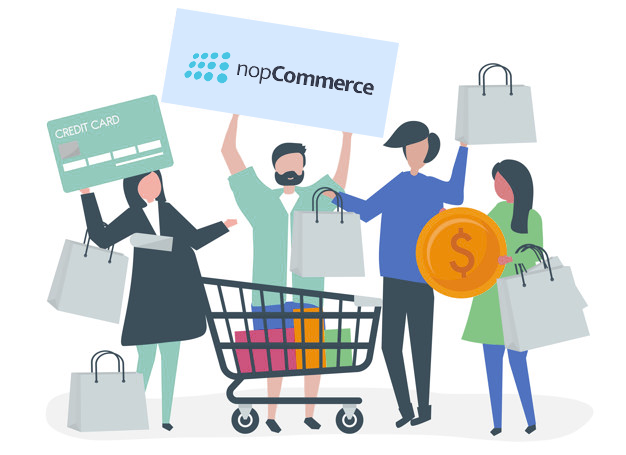As an eCommerce business owner, you know that having a strong online presence is fundamental. You work on SEO, promote the content, use high-quality images, and offer everything required to do your best. However, many of these basic steps are focused on optimization for a desktop. Optimizing for mobile devices is a completely different thing. To rise above your competitors, you need to boost mobile commerce.
Growing at a rate of 16% annually in the UK, mCommerce is set to be worth £88.1bn by 2022, according to new data from the Global Payments Report from Worldpay. For eCommerce businesses, that means that more efforts should be taken to make mobile shopping easier and more enjoyable.
If your website is accessible on mobile devices it doesn’t necessary means it’s mobile-friendly. When talking about mobile-friendly we should consider users’ convenience using your store on other devices. For example, the design of your website will often influence navigation (UX) and how long it takes for elements to load. This all plays a role in how users interact with the website.
There are online tools which help analyse how mobile-friendly your website is, like this. These tools consider the following:
- Images Loading
- Text Visibility
- Page Loading Speed
- Clickability
- Use of Pop-Ups
- UI/UX
Here you can find mobile commerce optimization best practices that can be applied to your online business. And, if you are starting a new website, we recommend utilizing these from the very beginning.
Reduce Heavy Content
High-quality content is crucial for SEO. It’s also necessary for delivering your brand messages. At the same time, too much heavy content can really slow down your website – especially on mobile. Mind reading experience of your website users: do you have too many blocks with text or instead of empty spacing? That could deter your customers.
Fast Website Loading
Your website should load in under two seconds, or even less. This may not seem like much time at all, but even a second can make a huge difference. You can improve loading time by optimizing your images, reducing the amount of content on your site, using special plugins.
Intuitive Navigation
Users need to have quick access to the most important elements on your site such as the menu, pages, posts, and links. Often, navigational features are limited by a mobile design. You should ensure that the most important pages on your site are easy to find, accessible, and clickable. This will encourage users to stay on the website and make purchases.
Easy Checkout
Your goal is to move users along your sales funnel and make them complete the purchase. Having a checkout process that is not optimized for mobile can interrupt this process. Mobile devices have much smaller screens than desktops. This means your content should be concise, your buttons bold and clear, and your forms/fields easy to fill out.





